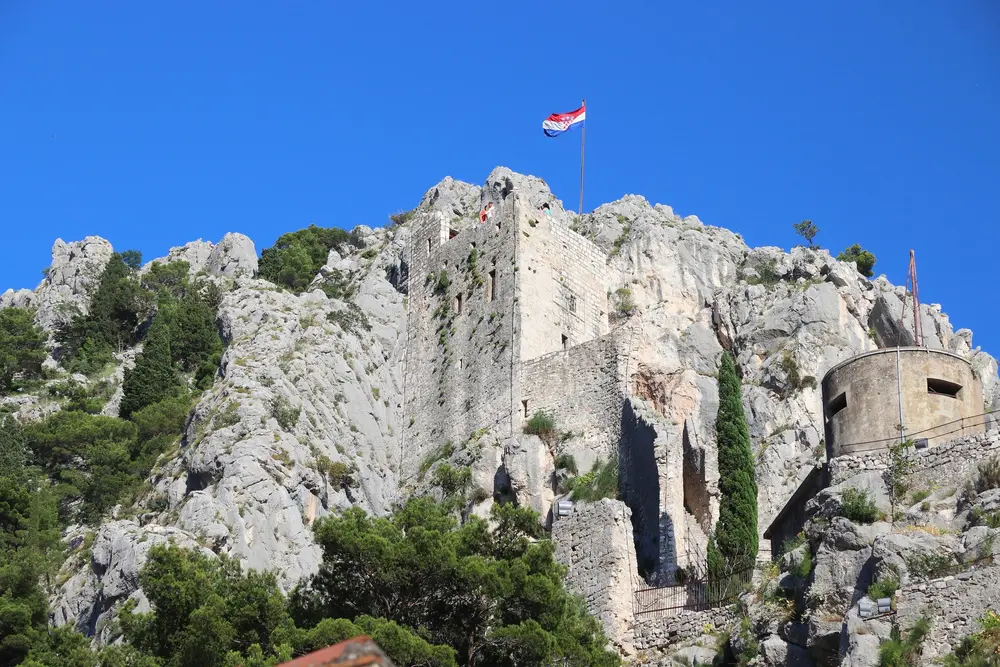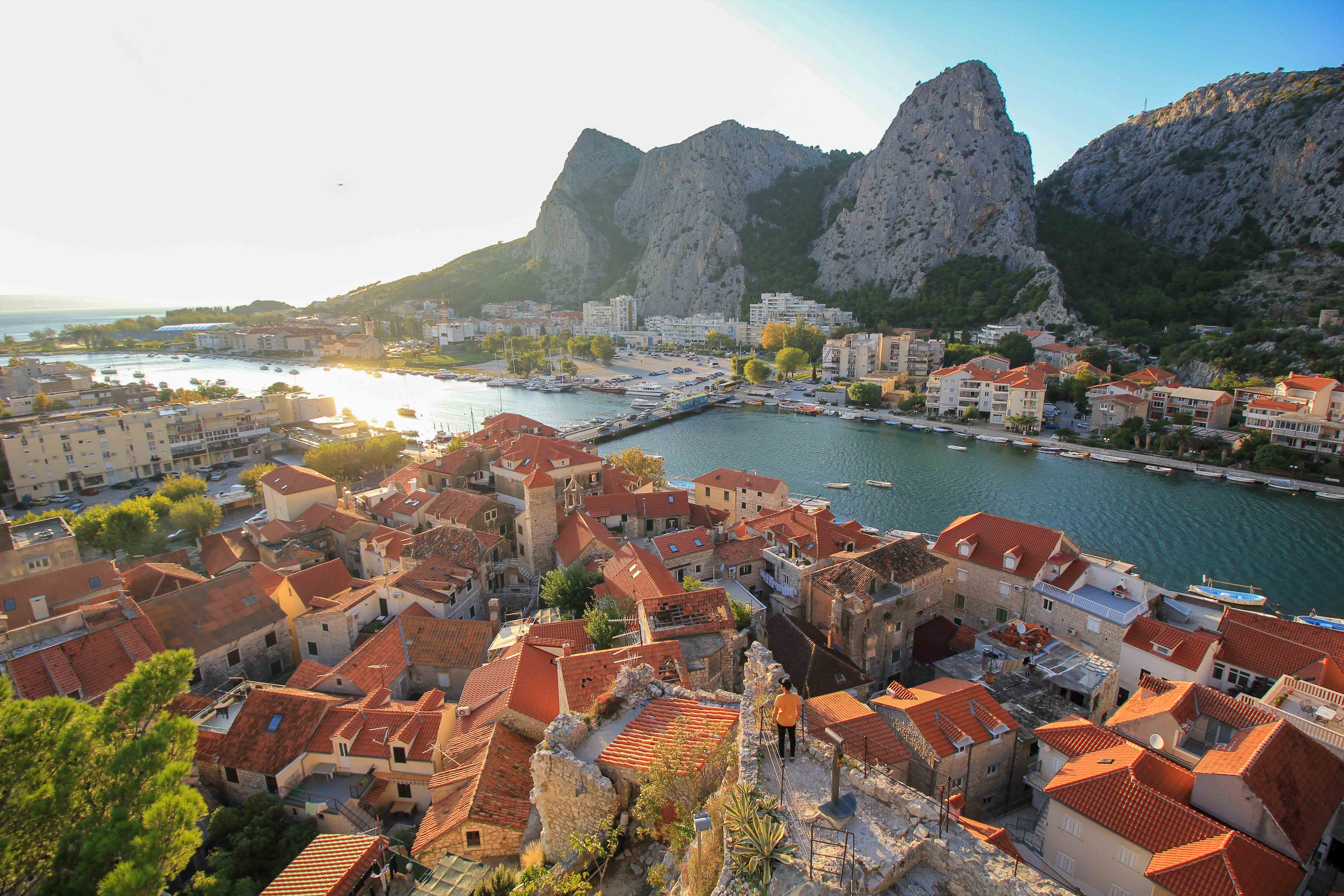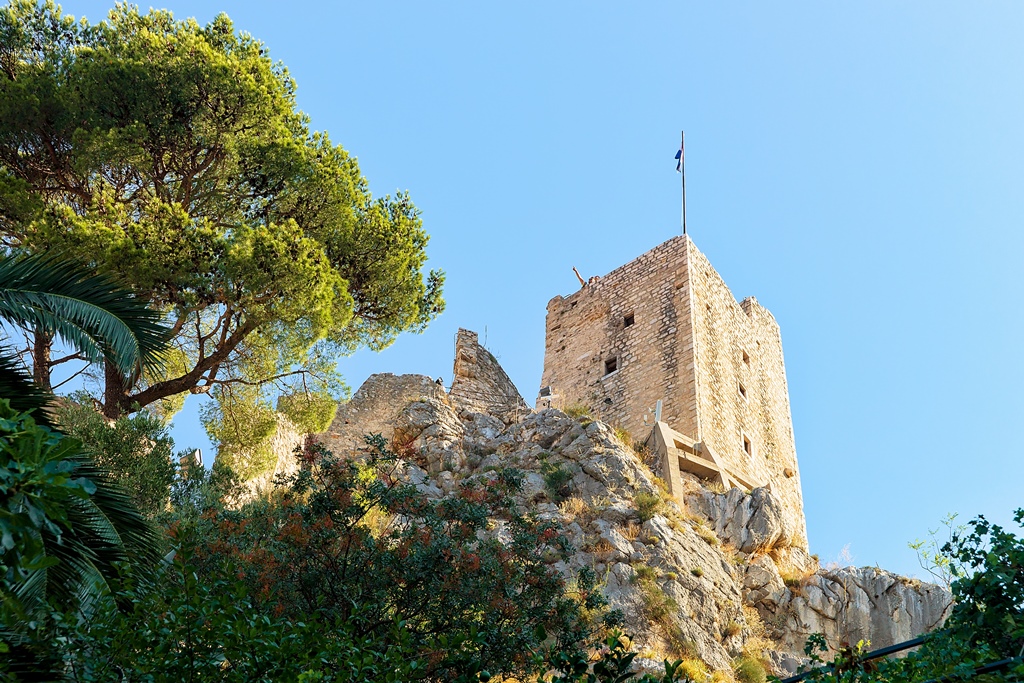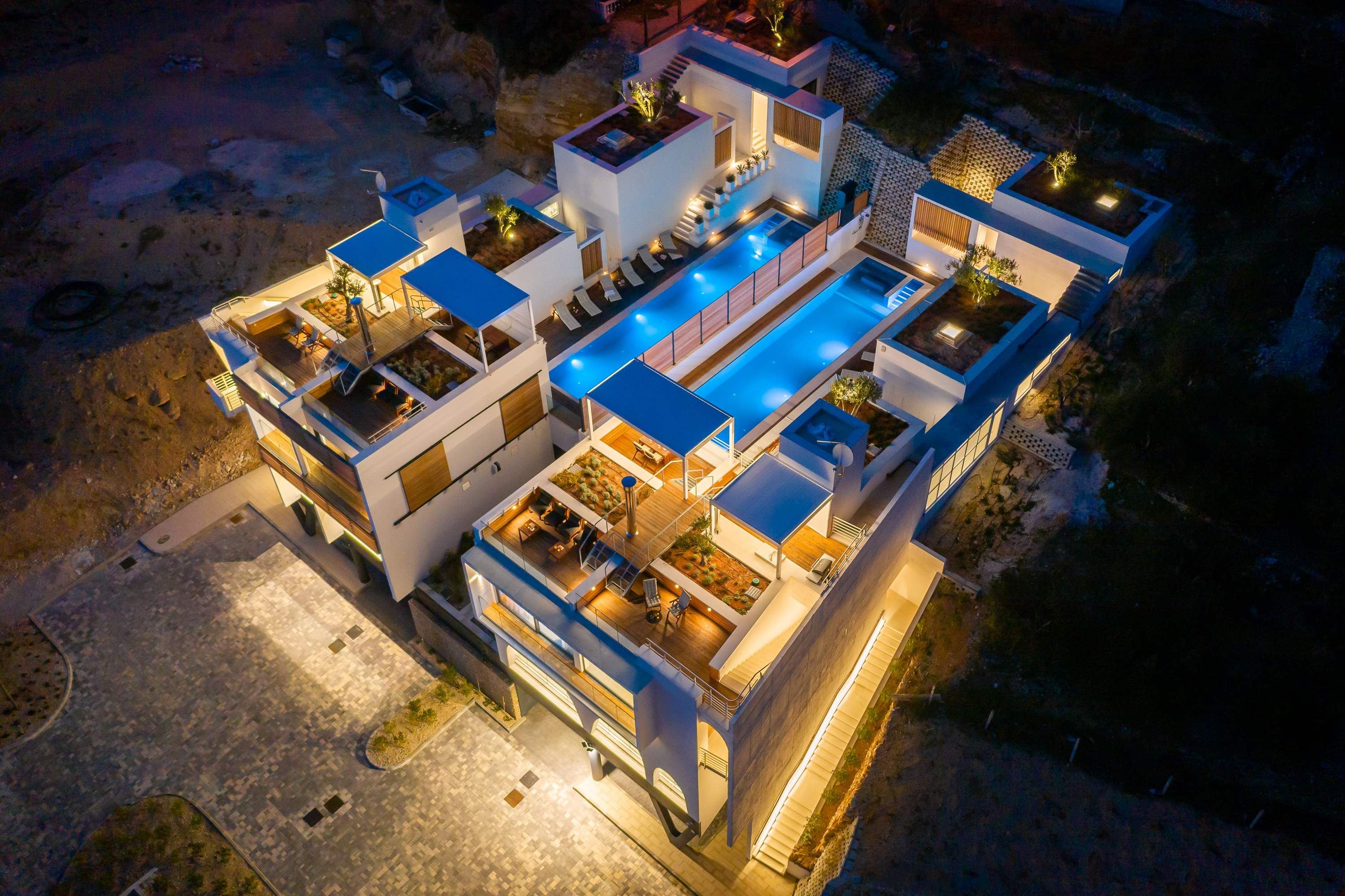
Omiš Sightseeing
View MoreOmiš is 13 kilometers away from Marušići
Marušići - Omiš Area
Wind Rose Wellness Villas are located in Marušići - a small Dalmatian village with plenty of small pristine beaches and turquoise blue sea. Less than 5 minutes drive from the villas there are six restaurants with excellent gastronomic offer.
For those looking for nightlife, 23 kilometers east of village Marušići, the city of Makarska is located, the city that never sleeps in the summer and where you can have fun in many cafes and discos.
West of Marušići, the first major settlement is Omiš, which is 13 kilometers away from Marušići and which houses historic sights - Starigrad Fortress and Fortress Mirabella, as well as the beautiful city center.
For people who enjoy hiking, we recommend a visit to the Biokovo Nature Park and climbing to the 1762 meter high peak of the mountain Sv. Jure, which is also the second highest peak in Croatia and which offers a sensational view of the Adriatic Sea and islands.
While you are in Marušići, it would be a real shame not to visit the 38 km distant city of Split with its rich historical heritage. Among all that Split has to offer, we need to point out only the most valuable which are: Diocletian palace - more than 1700 years old Diocletian Palace is one of the best preserved monuments of the Roman architecture in the world; Peristyle - as the central square of the Palace, intended for the Emperor Diocletian celebrated as the living son of Jupiter; Cathedral of Saint Domnius.
Places to visit


Sightseeing
Mirabella Fortress

Sightseeing
Omiš beaches

Sightseeing
Omiš Pirate Festival
We promise you won't be disappointed!
Town Omiš – thousands of years old
Welcome to Omis, small Dalmatian town on the river Cetina, only 25 km away from Split. A unique blend of the Cetina River, the sea and the mountains, pirate history and rich cultural heritage, sand and pebble beaches.


Not many towns in the world count their history in thousands of years, but the town of Omiš is one of them!
The mouth of the Cetina river was first permanently inhabited in ancient times, more than 2000 years ago, and historians believe that the origins of the present-day Omiš are to be found in the small settlement of Oneum, which lay at the very foot of the impressive mountain guarding the town from the north – Omiška DInara.
Over the centuries the local people started building their houses closer to the sea, and for a very good reason. The inhabitants of medieval Omiš were, as a matter of fact, pirates!
As time went by, the pirates of Omiš grew so powerful that in 1221 Pope Honorius III organized a crusade against them , in which his army was defeated. However, no more than 60 years later, the Venetians, again under the Pope’s order, launched yet another crusade against the infamous pirates from the Cetina river, this time with somewhat more success.
In the 15th Omiš officially came under Venetian rule and the town itself developed into an important administrative and military stronghold and was surrounded by high walls.
It was precisely during the Venetian rule that Omiš acquired its present appearance and architectural form. Since the town developed within the boundaries of its high fortifications, the architects had limited space for wide alleys and grand houses. The alleys of the old town were therefore quite narrow, and intersected only by numerous squares and piazzas which were the venues of public life in the early Modern Period.
However, the town gradually grew too big and overpopulated to remain confined within its large walls. Not long after the fall of the Venetian Republic , at the beginning of the 19th century, the town planners decided to pull down the medieval town walls, and the Eastern town gate, along with the Turjun tower overlooking the main street of Fošal, remained as the sole reminders of the great old “giant” that guarded Omiš from invaders throughout centuries.
After the fall of the Republic of Venice, at the beginning of the 19th cet Omiš came under the rule of Austria, and in 1807 along with the rest of Dalmatia became part of Napoleon’s France , only to again be returned to Austria in 1813, under the rule of which it remained until the ending of World War I in 1918.
In the following period Omiš, along with most of Croatia, went through two Yugoslav states, and in 1991 finally concluded it turbulent history by becoming part of the independent and autonomous Republic of Croatia.
